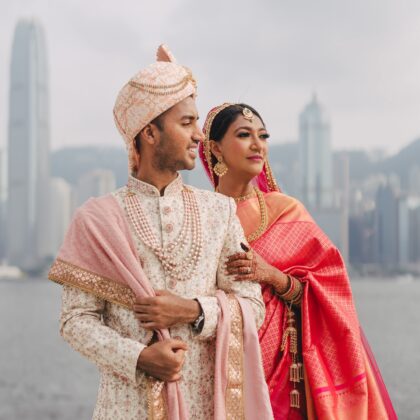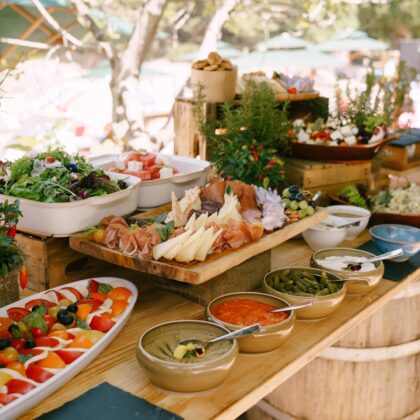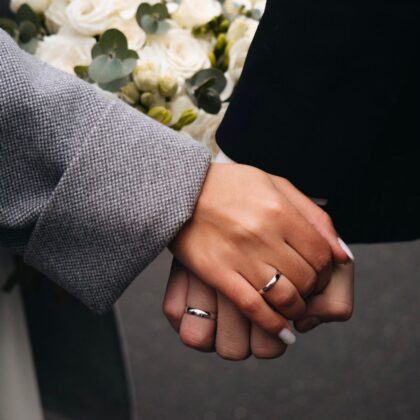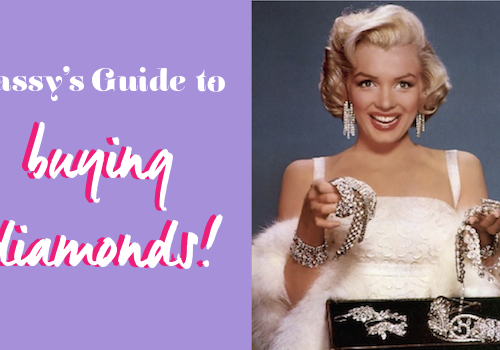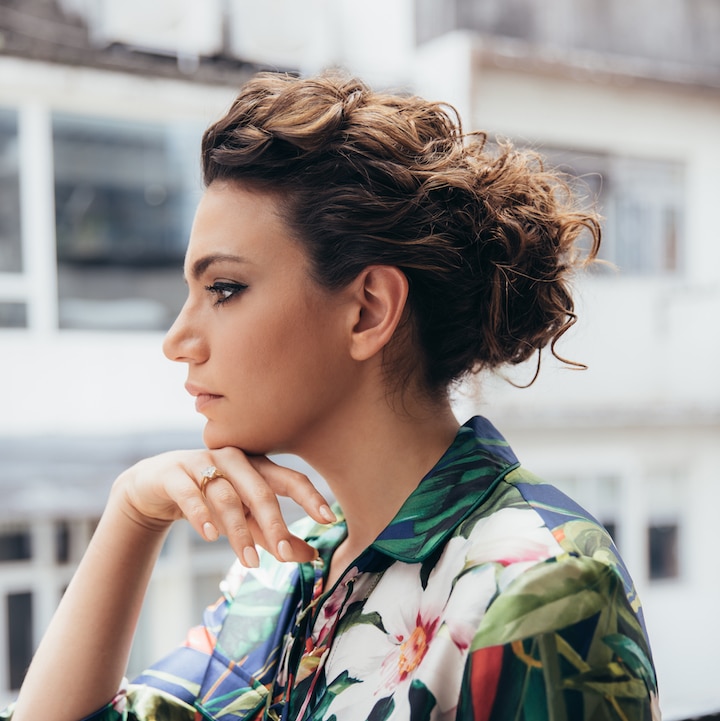There are a few reasons why we love and buy diamonds, ladies – they can be utterly romantic symbols of everlasting love, meaningful family heirlooms passed on from generation to generation, or more simply, a way to treat yourself! Diamonds are a girls’ best friend, but not when you end up paying extortionate amounts for duds, so it’s time for a little lesson on how to get the most out of your rock.
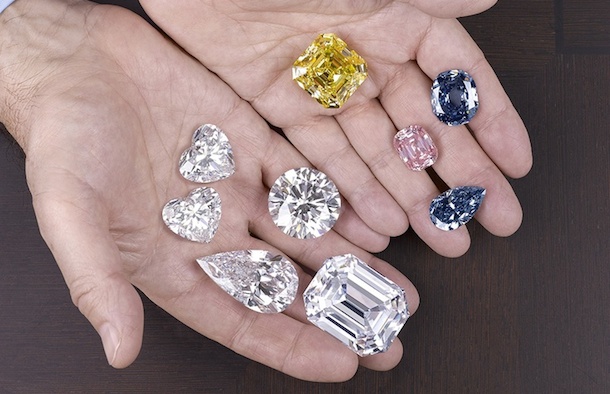
Image sourced from Pinterest
The Four Cs
For most people, buying a diamond is a new experience, but some of you may already know about the four Cs. Buying a diamond boils down to these simple criteria:
Cut
Colour
Clarity
Carat weight
Of the four Cs, cut is the most important as it determines brilliance – or rather, how much your rock is going to sparkle. Next comes colour, as the tiniest differences in colour are surprisingly the most visible. Colour ranges start from D (colourless) and go right down to Z (light yellow). Ladies, I love comparing and admiring my friends’ diamond rings and I’m sure you do too. Next time, keep an eye out for the slight differences in colour between them: you’ll instantly be able to differentiate between an F coloured diamond versus a J coloured one.
The next criterion is a little trickier to gauge and that’s clarity. Clarity refers to the tiny natural inclusions inside the diamond, and ranges from flawless to Included. The more inclusions a diamond has, the lower its clarity grade. Most inclusions are so teeny tiny that they can only be seen when magnified! If your diamond is “eye clean” (a term we jewellers use for diamonds that have inclusions invisible to the naked eye), you can’t really compare clarity unless you carry a magnifying device called a loupe with you and chances are, not everybody carries one around.
Last but not least is carat weight. Since larger diamonds are rarer than smaller ones, values rise at an insane rate as the weight increases which has most effect on the price. (In other words, better start saving for that rock.) Carat weight doesn’t mean size; some diamonds of the same carat weight can have different measurements.
There’s a lot of information on diamonds online and most of them should give you basic knowledge of the four C’s. You’ll also find diamonds available for purchase to meet any budget and while the discounts seem very attractive, here are some additional factors to consider before investing in a diamond.
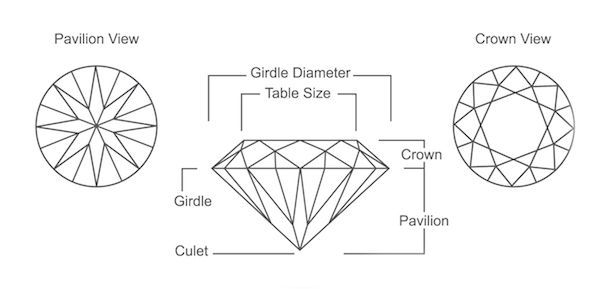
Location of the inclusion
For diamonds with a clarity grade VS1 (Very Slightly Included) and below, you’ll going to start to notice inclusions more under 10x magnification. Tip: if you’re choosing a diamond with more inclusions like an SI1 (Slightly Included) diamond, the price per carat is actually less than half of a VS1! If the inclusions are on the side of the stone or even on what’s called the star facets, rather than on the table (the top flat bit), these are considered ideal.
Remember ladies that the colour of the inclusion is pretty important too; white ones are better than black inclusions as they’re less noticeable. It’s not going to be easy to holding a loupe and a tweezer for the first time (I could hardly juggle them back then either), but keep on trying until you’re able to observe different diamonds at different angles. Some inclusions are actually only visible at certain angles!
The location and size of the inclusion also affects the price of the diamond. For example, let’s say there are two fabulous stones of the same clarity grading SI1. However, one of the diamonds has a black crystal inclusion and the other has a white feather on the star facet. The diamond with the black crystal will actually be 5-8% cheaper.
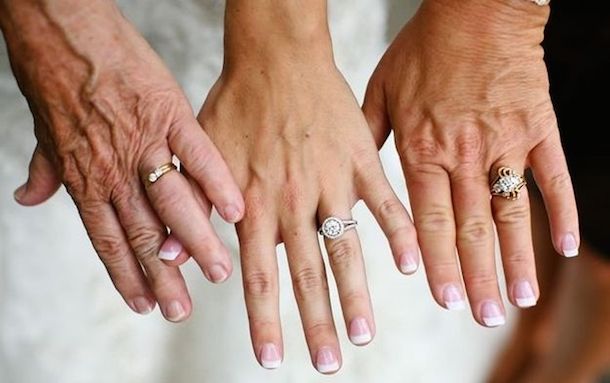
Image sourced from Pinterest
Fluorescence
Watch out for a strong blue or medium blue glow to your stone! Sometimes fluorescence will actually make the stone appear milky or oily, which isn’t what you want. Diamonds with a strong blue fluorescence should cost around 10%-15% less than a diamond without any. That said, having fluorescence isn’t necessarily a bad thing, at least on the condition that it doesn’t detract from your diamond. Sometimes, a slight blue glow can make near colourless diamonds seem whiter.
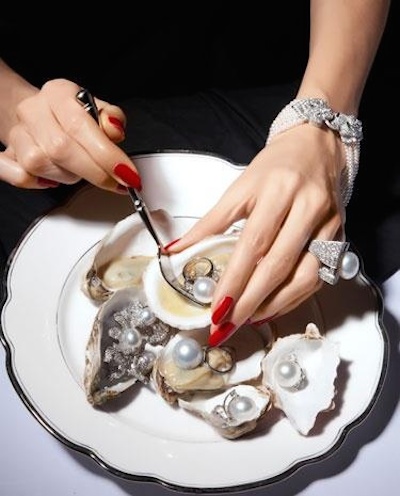
Image sourced from Pinterest
Measurement and Depth
A well-cut one carat diamond should be around 6.4-6.5mm. A diamond that’s 6.2mm will be a bit on the small side, probably because of the stone’s depth. I personally would recommend diamonds with a depth percentage of 62.8% at the maximum, as anything over 63% is considered “deep”. This affects the price slightly (between 3-5%), depending on how deep the stone is.
When a diamond is cut well with the proper proportions, the maximum amount of light is returned out of the top of the diamond and gives diamonds their characteristic sparkle. When a diamond is cut poorly, most of the weight is “hidden” at the base of the diamond and makes it look smaller. Marilyn Monroe certainly wouldn’t approve.
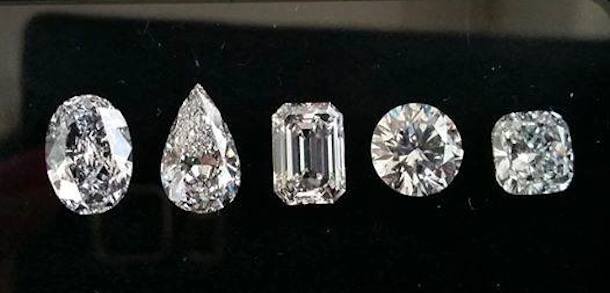
Shape
This is a term that applies to fancy cut diamonds. (Yes, you heard that term right.) Whether it’s an oval, pear shape, heart shape, princess, emerald, radiant, cushion, every girl’s got her preference! For example, one of my clients loves “fat” pear shapes, where the bottom part is very round and the tip is pointed. Other ladies like “long” or “thin” pear shapes, which look more like tear drops. With fancy shape diamonds, everything is subject to your personal taste. They’re about 10-30% cheaper than round diamonds of the same quality, depending on which shape.
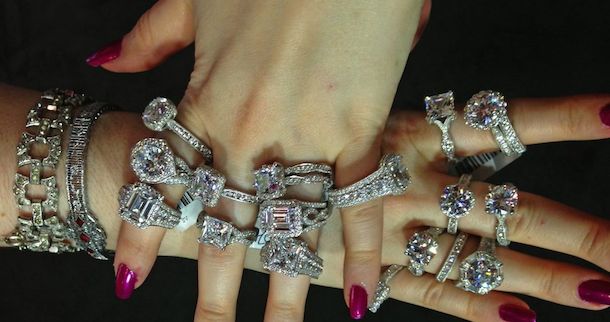
Image sourced from Pinterest
Certificate
Be smart girls, always make sure you have a reputable diamond certificate. The most reliable certificate in the market is a GIA certificate. There are other ones that are acceptable too, but it’s industry knowledge EGL certificates have a slightly different grading system that gauges colours and clarity grades less efficiently and at a lower grade than the GIA system.
Why do some diamonds come with EGL then? It all comes back to diamond prices: EGL diamonds are so much cheaper than GIA diamonds, so some jewellers use the discount rate to attract buyers. (Diamonds that have the same EGL and GIA ranking can actually have a 35% difference in price!) So what should you, as an educated buyer do? Insist on a GIA certified diamond.

Image sourced from Pinterest
Budget
This is absolutely nothing to be embarrassed about ladies, everyone has a figure in mind! When you finally decide on how much you’re willing to spend, you can play around with sizes, colours and clarity. For example, say your budget is 10,000 USD in mind. You can get a 1 carat E coloured VS2 diamond for that amount. Some people might prefer bigger sizes, and for the same amount, you can get a 1.25 carat E SI1 diamond, which is one clarity grade lower and the same colour. If you’re not too fussy about colour and clarity and prefer a more generously sized diamond, you can even get a 1.40ct F SI2 diamond for the same price!
![]()
Jessica is the owner of The 5th C Ltd, having graduated from the GIA itself in 1998 and spent years in Asia in the jewellery trade, before fulfilling her lifelong dream of setting up her own diamond boutique here in the city that never sleeps. Her aim is to not only sell diamonds at lower prices than retailers, but to also teach her clients about the diamonds they’re investing in – so you’ve all been in completely safe hands!
If you want to know more about buying diamonds, or if you have any questions, drop Jessica a line at [email protected] or call 2654 6288 for a free consultation for all Sassy readers. The 5th C is also one of our favourite engagement ring boutiques, see more on them in our roundup here!
The 5th C, Suite A&B, 11/F, World Trust Tower, 50 Stanley Street, Hong Kong, 2654 6288, www.the5thc.com


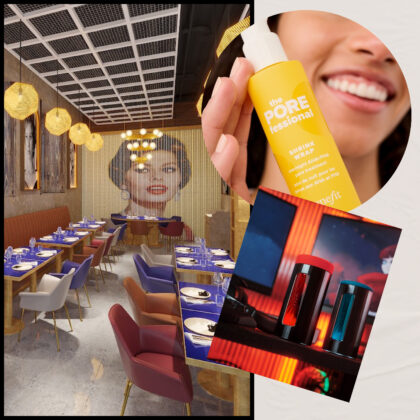



 Eat & Drink
Eat & Drink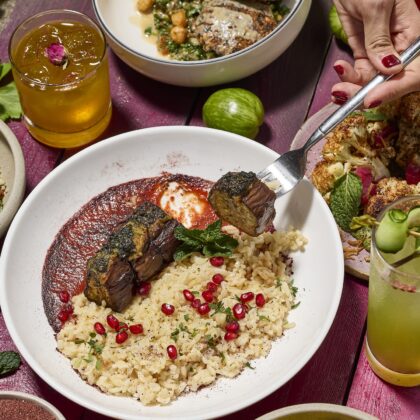
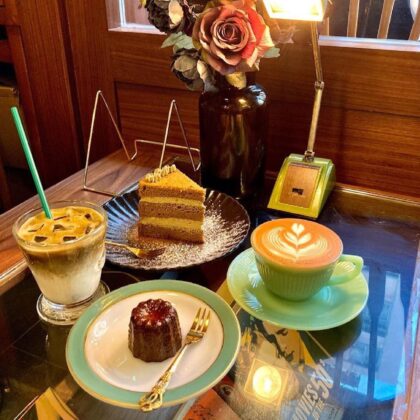

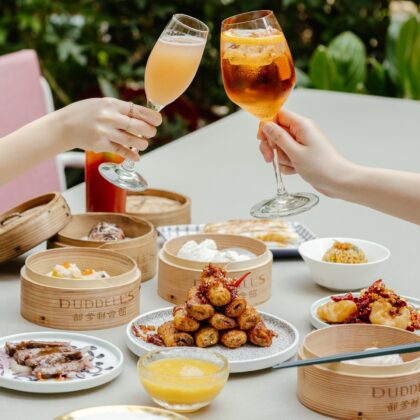
 Travel
Travel



 Style
Style
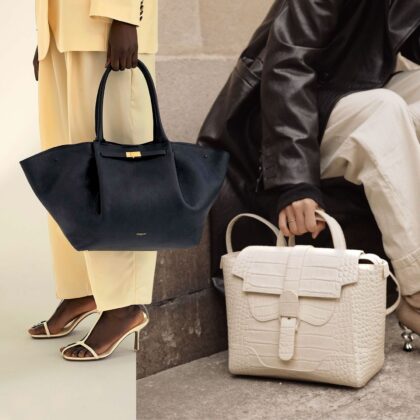
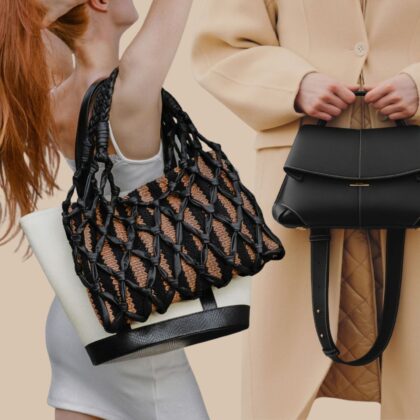
 Beauty
Beauty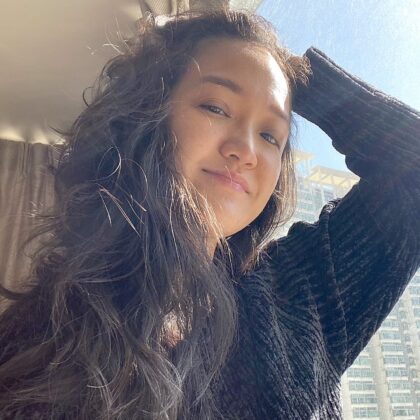
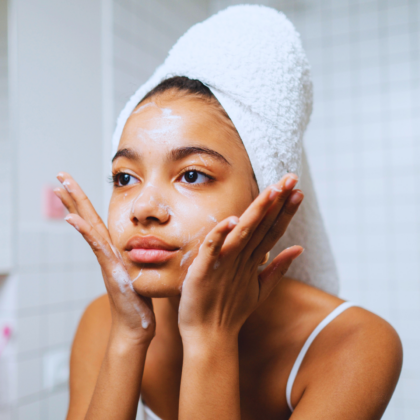
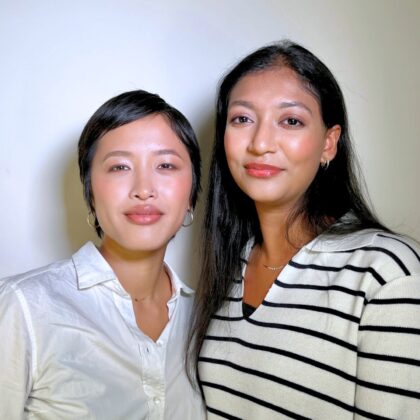

 Health & Wellness
Health & Wellness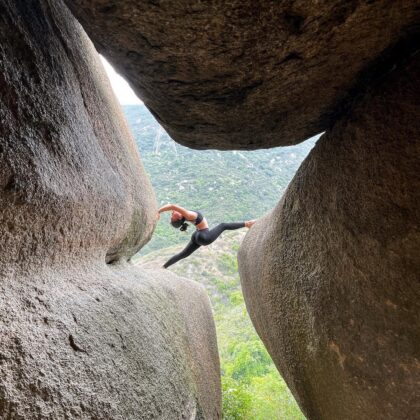

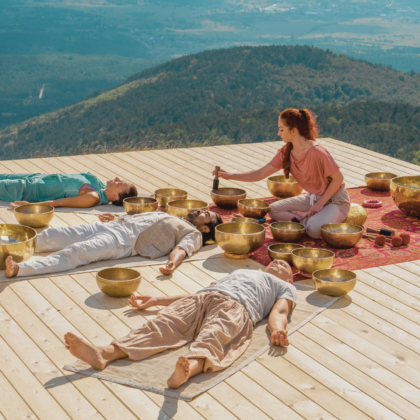
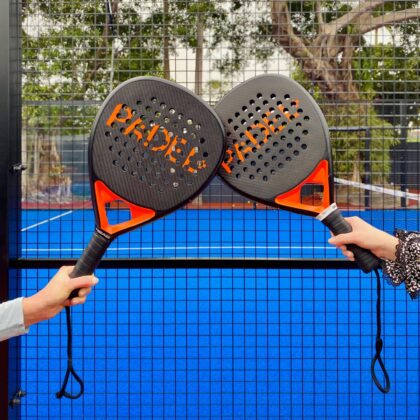
 Home & Decor
Home & Decor
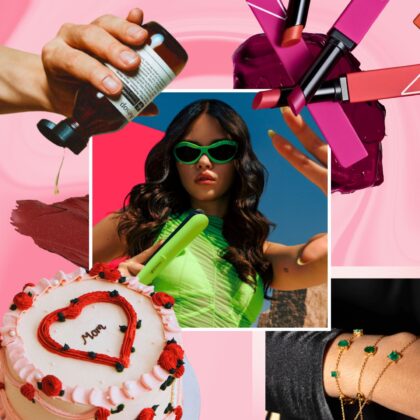
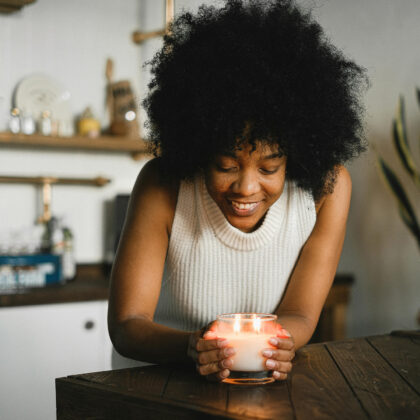
 Lifestyle
Lifestyle
 Weddings
Weddings